15 Countries That Have the Lowest Fertility Rates
Fewer babies are being born in some parts of the world than ever before, and the reasons go far beyond the usual guesses. From sky-high living costs to shifting cultural priorities, certain countries are seeing their fertility rates dip well below the population replacement level of 2.1 children per woman. Here are 15 nations leading that trend.
Taiwan

Credit: pexels
Taiwan’s fertility rate has dropped to just 1.11 children per woman—the lowest on the planet. Many women are delaying or forgoing motherhood altogether, citing career goals and lack of support systems. Even government incentives like baby bonuses and expanded parental leave haven’t moved the needle much.
South Korea

Credit: pexels
South Korea has a 1.12 fertility rate, and the reasons are strikingly similar. Work hours remain among the longest in the OECD, and housing prices in Seoul are out of reach for many young couples. Marriage is being postponed or avoided, and birth rates have followed suit.
Singapore
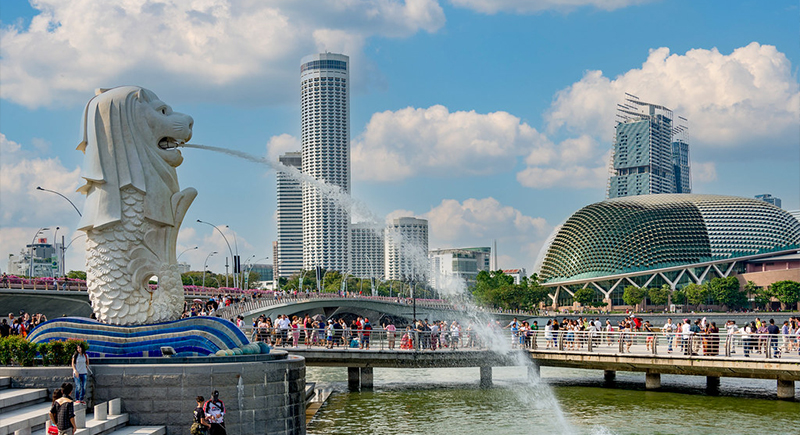
Credit: flickr
Singapore’s population planners have been fighting the numbers for decades, and the fertility rate of 1.17 shows how tough that battle is. Despite generous state perks— housing grants and “baby bonuses”—birth rates aren’t bouncing back. Dual-income couples feel squeezed by education costs, and many say they simply don’t have time for big families.
Ukraine

Credit: Canva
Despite its ongoing conflict, Ukraine’s 2024 fertility rate of 1.22 isn’t new. Even before the 2022 invasion, the country had one of Europe’s lowest birth rates. Economic instability, emigration, and lack of social support systems discourage family growth. Now, with millions displaced or living abroad, recovery could take generations.
Hong Kong

Credit: flickr
You won’t find many toddlers in Hong Kong’s towering apartment blocks. With a fertility rate of 0.77, the city’s ultra-dense layout, sky-high rents, and 60-hour workweeks don’t exactly scream “family-friendly.” Many women choose a career over kids, and even those open to parenthood tend to stop at one.
Macau

Credit: Wikimedia Commons
Macau may be famous for its glitzy casinos, but babies aren’t part of the jackpot. Like Hong Kong, Macau has a fertility rate of about 0.95, which reflects similar pressures: limited space and a service-driven economy demanding long hours. Culturally, it shares much of Hong Kong’s approach to family planning, small, if at all.
Moldova
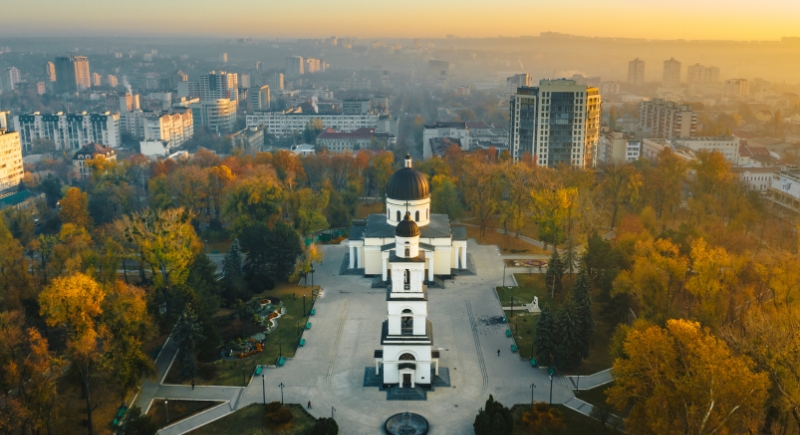
Credit: Getty Images
A lot of people in Moldova have packed up and moved out to find work or stability somewhere else. The result? Not many young families left behind, and the average age keeps climbing. These days, the country’s birth rate sits at 1.26, and you can feel that slowdown in almost every corner—schools with fewer kids, towns growing quieter, and not much sign of a turnaround.
Puerto Rico (U.S.)
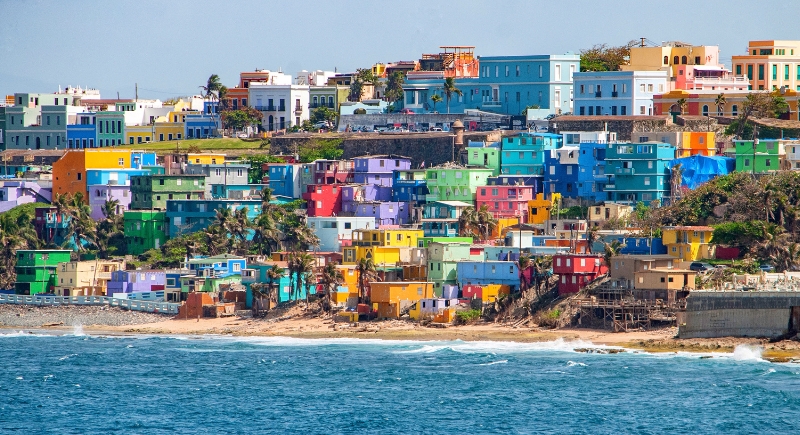
Credit: Getty Images
The island reports a fertility rate of 1.26 and has seen a steady outflow of residents to the mainland U.S., especially after hurricanes and economic setbacks. Many young people leave for college or jobs and don’t return. Among those who stay, delayed marriage and fewer children have become the norm.
Italy

Credit: Getty Images
Italy’s 1.26 fertility rate has alarmed policymakers for years. Cultural shifts are at play—more people are staying single, and parenting no longer carries the same social pressure it once did. The “nonni” (grandparents) are abundant, but babies? Not so much.
Spain

Credit: Getty Images
Like its Mediterranean neighbor, Spain is stuck at 1.3. Living with parents into your 30s is common, and so is waiting on kids. Big cities like Barcelona and Madrid might be bustling, but nurseries aren’t overflowing. Government attempts to reverse the trend—such as subsidies and tax breaks—have done little so far.
Poland
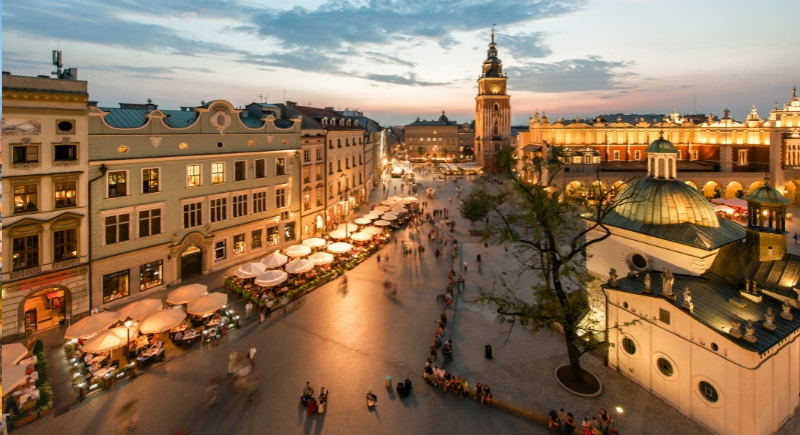
Credit: Getty Images
Poland joins the list with a fertility rate of 1.19, despite previous government efforts to reverse it. Cash-for-kids programs like the “500+” allowance had a temporary bump, but rising living costs and concerns over women’s rights have cooled the momentum. Many Polish women choose smaller families or none at all.
Montserrat

Credit: Wikimedia Commons
This British Overseas Territory in the Caribbean may be tiny, but it still makes the list at 1.33. The population emigrated after a volcanic eruption in the 1990s, which devastated much of the island. Today, with only a few thousand residents left and limited economic activity, Montserrat sees few births each year.
Mauritius
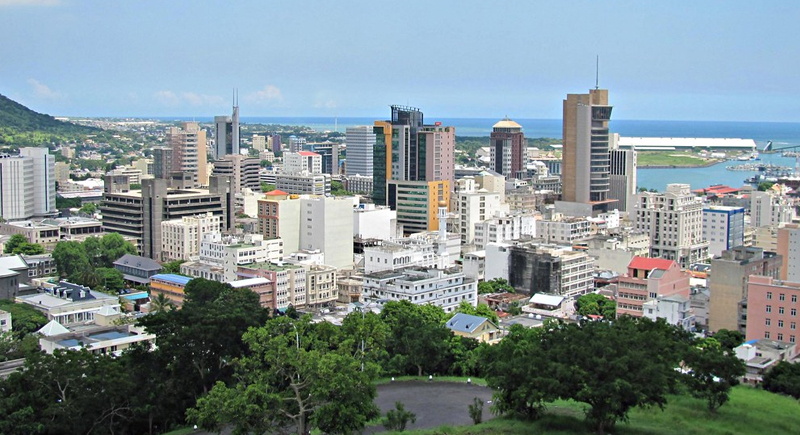
Credit: flickr
Mauritius’s fertility rate has dipped to 1.36. That may surprise some, given its developing-nation status, but the island’s high literacy rate and urbanized workforce contribute. Traditional family sizes have shrunk dramatically as more women enter the workforce and education becomes a priority.
Bosnia and Herzegovina
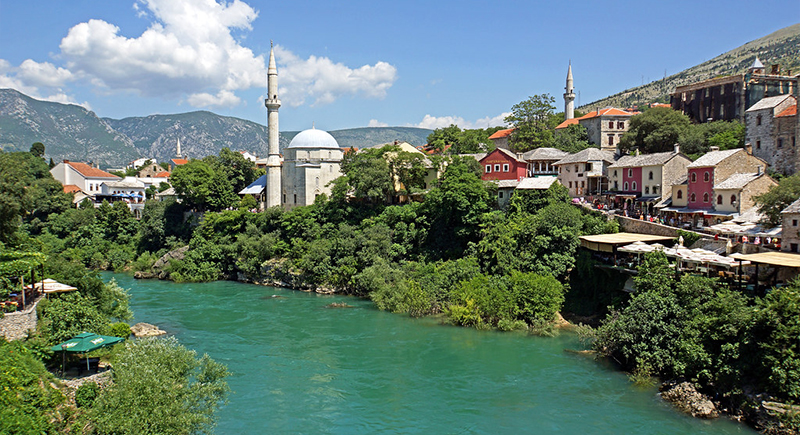
Credit: flickr
Bosnia and Herzegovina’s fertility rate also sits at 1.38. Years of political instability, economic struggles, and large-scale emigration have left a mark on family planning. Many young people now live abroad, and those who stay often cite limited opportunities and expensive living costs.
British Virgin Islands

Credit: pexels
Rounding out the list is the British Virgin Islands at 1.38. While the islands feature beautiful beaches and a stable economy, the rising costs of raising children are keeping birth rates low. And with a small population to begin with, even a slight drop in birth numbers has a noticeable impact.